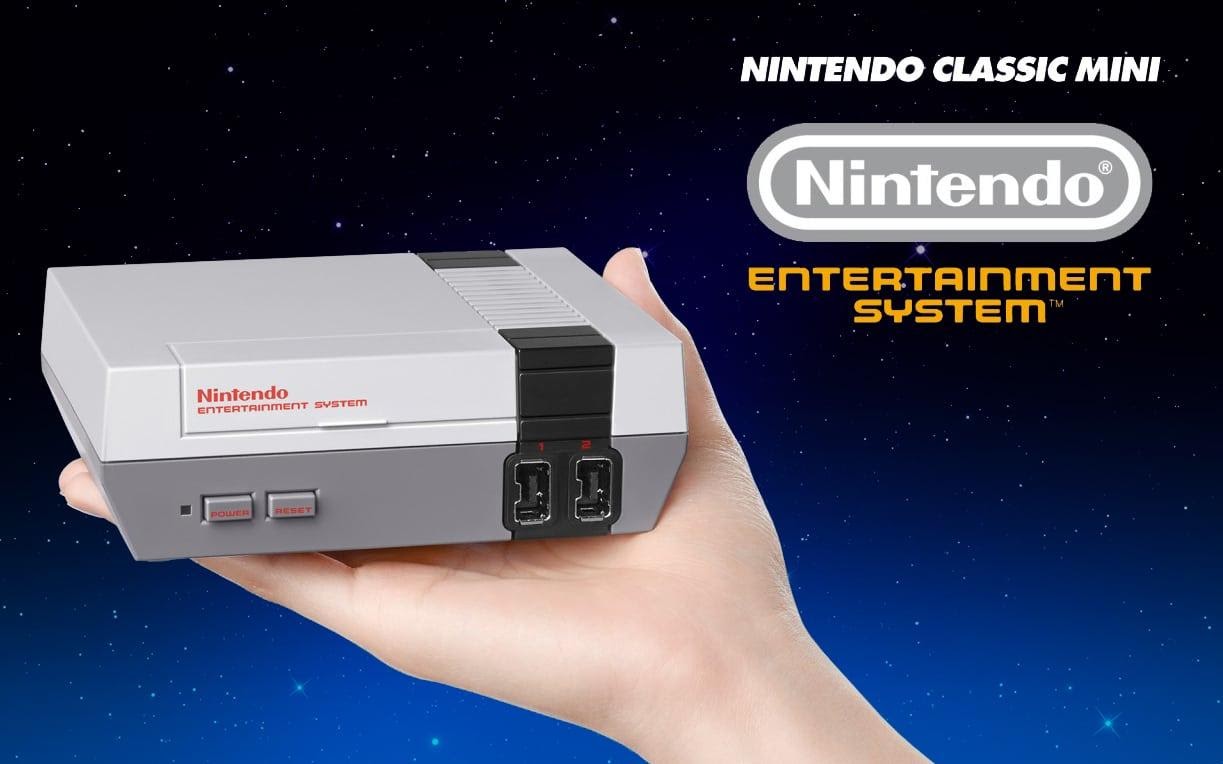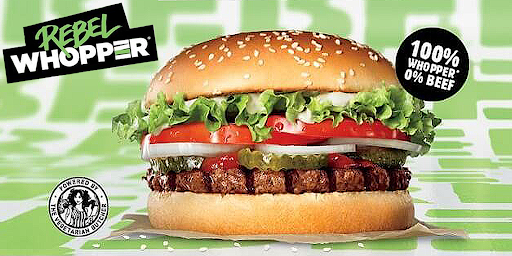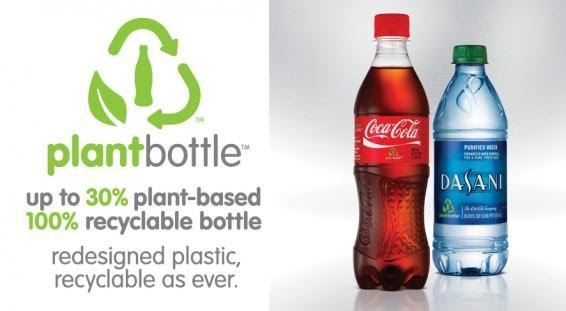How to Incorporate Customer Insights Into Your Rebranding Exercise
Rebranding is a bit like walking a tightrope. On one hand, you risk going too far and alienating your loyal customers. On the other hand, you risk spending money on a minor facelift without really achieving anything.
So when it comes time to rebrand, you want to make sure you strike the right balance.
This is made more difficult nowadays, because your brand includes so many things. Once upon a time, you could get away with a flashy logo, and maybe a catchy slogan. Branding should be so much more.
In the modern marketplace, customers care deeply about the actions of brands. For this reason, it's vital to establish clear brand values. That's before you even get down to concrete aspects of branding.
However, all of these elements boil down to one thing—customer perceptions.
The importance of customer perceptions
Your brand is how you want people to think about your company. Customer perceptions are what people think of you. Ultimately, then, the goal of any rebranding exercise is to change customer perceptions.
It's important to note this gap. There's the message you push, and then there's the message that's picked up.
The most extreme example of this is a British car from the 1990s—the Vauxhall Nova. Nova is, of course, the Latin for new, so it's pretty apparent how Vauxhall wanted their new model to be perceived.
Unfortunately, however, No va in Spanish means doesn't go. This impacted customer perceptions enough in Spain that they had to opt for a different name if they wanted to sell any cars to Spanish people.
The lesson here is simple. Your brand is only as good as the image you project.
In other words, customer perceptions are king. This is where customer surveys enter the picture. We'll look at how this works in a little more detail a bit later, but for now, customer surveys have two main benefits during a rebrand:
You'll gain a better understanding of your customer, as well as their wants and needs
You can get direct feedback on which direction to take your brand.
If you're considering a rebrand, chances are there's some more fundamental problem with your business than you'd like to address. For example: you aren't attracting enough customers, so you'd like to target a new demographic.
In extreme cases, you might be suffering from a PR problem or a bad reputation, and you've decided it's time to start fresh. Either way, it's helpful to keep in mind the ultimate goal of your rebrand.
With that in mind, let's look at what goes into a successful rebrand.
The basics of rebranding
Before we get to how to incorporate surveys into your rebrand, it's worth taking a look at some of the levers you can pull. Your brand is made up of two related things—your branding and your brand identity.
One way to understand the difference is that branding is what's on the surface of your brand. Your brand identity, on the other hand, is what's beneath the surface.
Branding
Since branding is the surface level of your brand, a lot of it comes down to sensory experiences. These can be:
Visual - like a logo or color palette
Aural - like a jingle or theme song
Olfactory - like when you walk past the soap shop Lush
Taste - like a signature sauce or recipe
Branding can also be more subtle, like establishing a consistent tone of voice across all of your content marketing. Your brand can even be the way your marketing engages with customers' emotions.
A common way to do this is by utilizing nostalgia. Just think about Nintendo's output in the last few years. This is all about creating a brand with emotional ties to their customers' childhoods.

Brand identity
No matter what kinds of branding you use, they should be underlined by your brand identity. This is kind of like the fictional person behind your branding. As such, it includes things like:
Values
Actions
Reputation
Personality traits
Humor
Positioning
Naturally enough, your brand identity is most effective when it reflects your customers. This should be done in a natural and authentic way. Otherwise, you'll come across as condescending and drive customers away. This is something we've tried to achieve with Voila Norbert, an email finder tool.
How customer insights help you rebrand
Luckily, it's not that hard to leverage customer surveys during a rebrand. This is also an excellent opportunity to create more fundamental changes in the way you run your business, with a view to offering a better product or service to your customers. It's a core part of an effective business development strategy.
To that end, the following survey strategy is far more comprehensive than simply measuring the effectiveness of your new logo.
Instead, this approach takes a rebranding exercise as a moment of reflection. It's a time to consider what's working for you and your customers, and more importantly, what isn't. This then leads to a fundamental change in your brand, rather than superficial change.
Understanding your customers
First of all, a rebranding survey is an excellent chance to check in with your customers. Specifically, it's a chance to check that your assumptions about your customers are correct. Even basic demographic information like age, gender, and location is vitally important.
Take age, for example. This is massively important when creating a brand identity. For instance, older consumers are generally far more loyal to brands, while younger people are more concerned with finding brands whose values match their own.
Equally, this is a good chance to figure out why your customers choose your brand. After all, you want to retain these positive elements during your rebrand.
This leads naturally to the next goal of rebranding surveys.
Establishing pain points
A survey-led rebrand also helps you to figure out what's not going well. There are three main types of pain points you can identify in a customer survey and address with your rebrand.
Changes in customer attitudes and tastes over time
Demand for a new product or solution
Demand for proactive or improved customer service
Reputational damage to your brand, where a rebrand can help show you're taking action
We'll look at examples of each towards the end of this guide.
Testing out your new brand
First, though, the final step of rebrand surveys is about measuring the impact of your new brand. Where the previous two steps were more about information gathering, here we want to test out our latest ideas before we deploy them.
This should take the form of a separate brand effectiveness survey. Through the brand effectiveness survey, you can assess how well your audience is responding to your new branding and brand identity.
Using a rebrand to solve customer & business problems
Since we know that the best rebrands reflect a more fundamental business change, let's look at a few successful and high profile examples.
Changing tastes & attitudes
The best example of this comes from fast food brands in the last year or two. It won't surprise any of you to learn that veganism is on the rise in many countries. With that in mind, here's a Burger King Facebook ad from 2018.

And here's one from 2020.

In a short space of time, they've rebranded themselves from being meat lovers to inclusive, vegan-friendly rebels. This is a great example of a large brand changing its core pitch to meet changing attitudes.
Meeting demand from new markets
My favorite example of this is Jägermeister. Not everyone knows this, but Jägermeister was originally a tonic, aimed at keeping hunters and skiers warm in their mountain lodges.
However, in the late 80s, a bright young marketer at Red Bull was looking for a spirit to create a cocktail using their drink. That new demand turned this...

.. into this...

Overcoming reputational damage
Finally, in the last number of years, countless brands have taken reputational hits as a result of their environmental impact. For example, hundreds of prominent news stories have covered the effects of single-use plastics on the world's oceans.
This has led to companies making operational changes and accompanying these with rebranding exercises where they adopt new core values and shout about their green credentials. Check out the following ad from the people at Coke, for example.

How to incorporate customer surveys in your rebranding exercise
Rebranding can be expensive. The value of using customer surveys during a rebranding exercise is ensuring that this is money well spent. The key to doing this is by making sure your new brand creates your desired customer perceptions.
This can be done by surveying your customers. This way, you can gain a better picture of them, and learn what they like and don't like about your brand. In turn, this information can be used to inform both your branding and your brand identity.
Finally, any rebrand is only truly effective if it comes along with greater changes, either to your product or service, or to how your business operates.
Nico Prins is a SaaS consultant and the founder of Launch Space. He helps companies develop their digital marketing strategies. He's worked with everyone from Fortune 500 companies to scale ups like Voila Norbert, helping them develop content marketing strategies that align with their business goals. Follow him on Twitter @nhdprins.
